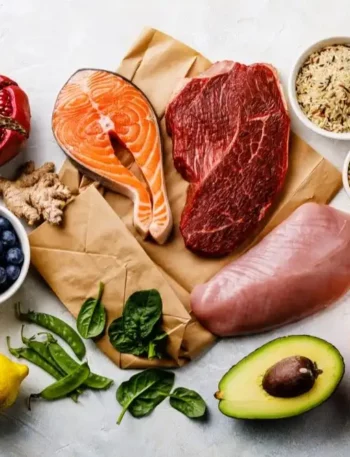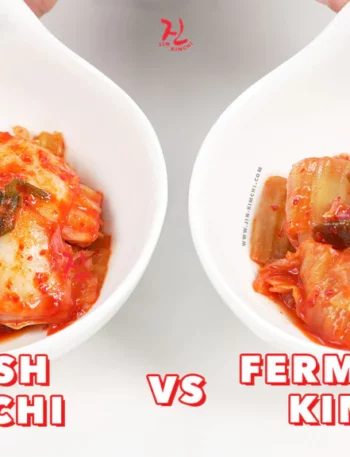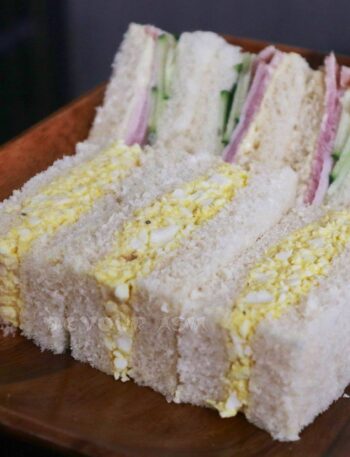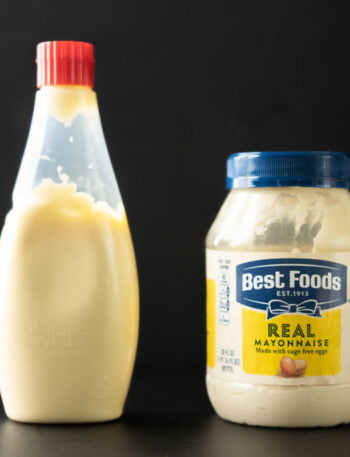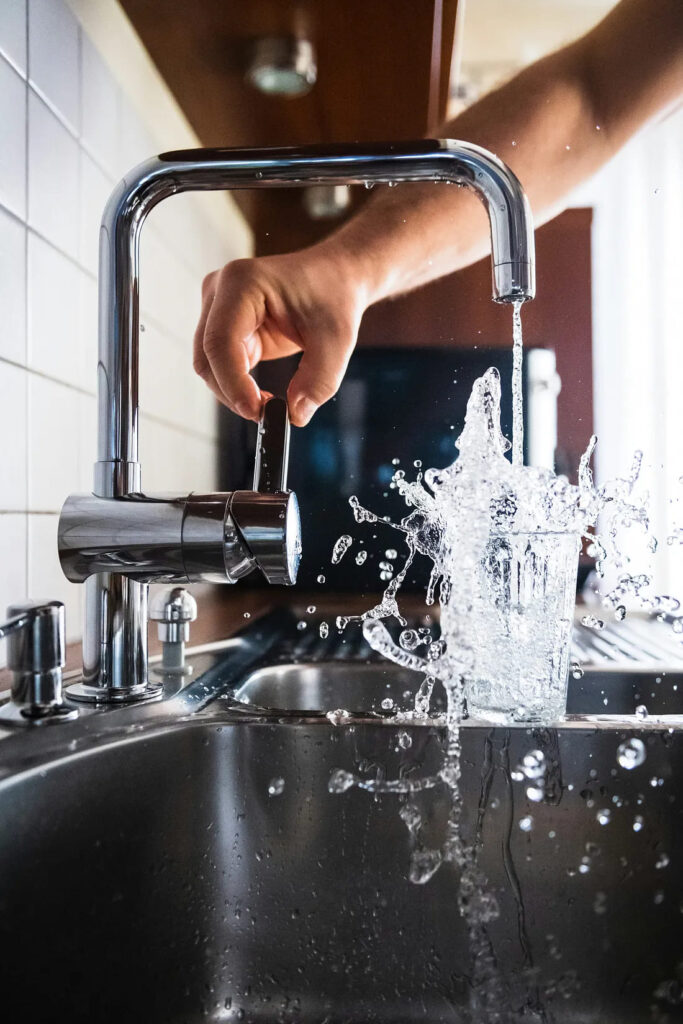
We all have our routines in the kitchen. Maybe you’re like me — flicking on the tap without a second thought, ready to fill that pasta pot or rinse off your veggies.
After all, it’s just water, right? And if it’s good enough to drink, it’s good enough to cook with. Or… is it? I used to think so too, but the more I looked into it, the more I realized that the water coming out of our taps might not be the innocent ingredient it seems.
The truth is, tap water’s like the stealthy supporting actor of every dish we make, and it’s got a lot more say over your cooking than you’d imagine.
The Sneaky Impact of Minerals and Chemicals
Here’s a nugget of truth: water isn’t just H₂O. Tap water is filled with trace minerals — think calcium, magnesium, and sometimes even chlorine or fluoride. These minerals aren’t harmful to drink (usually), but when it comes to cooking, they can mess with the taste, texture, and even the appearance of your food.
Let’s say you’re simmering a pot of beans.
Ever wondered why they take so long to soften? The culprit could be lurking right in your tap. Hard water — that’s water with a high mineral content — makes legumes tougher to cook through. Calcium and magnesium ions love to bond with the proteins in beans, slowing down their softening.
It’s like they’re on some secret mission to keep your beans crunchy. And it doesn’t stop at beans. Minerals can toughen up meat, make grains mushier, and sometimes even leave a metallic or “off” taste that ruins the subtle flavors you’re trying to highlight.
I learned this the hard way. One Sunday, I spent hours laboring over a stew, simmering it low and slow, only to end up with beef chunks that chewed like rubber bands. It wasn’t until a friend mentioned my hard tap water that the lightbulb went off.
I started using filtered water, and it was like my stew game leveled up overnight. Tender meat, creamy beans, a world of difference. I’ll never go back.
Why That Cloudy Soup Isn’t Just a Bad Instagram Photo?
Ever noticed that your soup or stock comes out a little cloudy? Or maybe your pasta water foams up in strange ways? Chalk it up to chlorine or chloramine, common disinfectants used to treat municipal water.
Sure, they keep the water safe to drink, but they’re also reactive, meaning they can mess with the proteins in your ingredients, causing cloudiness, odd textures, or even strange flavors.
Chlorine in particular has a sneaky way of creeping into your dishes, especially if you’re cooking something delicate like a broth or consommé. Ever sipped on a bowl of soup only to notice an odd, almost “chemical” aftertaste? Chlorine could be the sneaky villain there.
A quick fix? Boil the water first. That can help some of the chlorine evaporate, though it’s not foolproof. Better yet, switch to filtered water for these delicate dishes.
It reminds me of a time I was whipping up a big batch of ramen broth (I was trying to recreate that deep, clean taste I’d had at a tiny noodle spot in Tokyo). After hours of carefully layering flavors, my broth had this weird, almost medicinal aftertaste.
I couldn’t figure it out until I tasted the water itself — bingo. Lesson learned. Now, for anything that’s supposed to be subtle and pure? Filtered water only.
Baking? Your Tap Water Could Be Sabotaging Your Dough
If you’ve ever made bread or pastries, you know baking’s a science. Every tiny factor matters — the temperature of your ingredients, the exact weight of your flour, and yes, the type of water you use.
Here’s where it gets interesting: yeast, the magical microbe that gives your bread its rise and airy texture, doesn’t always play nice with tap water.
Chlorine, again, is a culprit here. Even small amounts can stunt yeast activity, leading to flatter, denser bakes. If you’re wondering why your bread’s just not rising like it used to, it might be time to switch to distilled or filtered water.
And if you’re baking something like sourdough, where every bit of microbial life counts? Tap water can really throw things off balance, affecting the delicate flavors and textures that make a good loaf shine.
What About Coffee and Tea?
Now, I don’t know about you, but I’m one of those people who needs a good cup of coffee to start the day (or three). And I used to think that the quality of my coffee was all about the beans. But here’s the thing— your tap water might be sabotaging your morning brew.
Hard water’s minerals can dull the flavor of coffee and tea, flattening those nuanced notes that make it a treat to sip. Some coffee experts even say that the wrong water can bring out bitter or metallic flavors you’d rather avoid.
A few years back, I started noticing that my home brews didn’t match up to the ones I got at my favorite café. It was frustrating — same beans, same method, different results. I eventually asked a barista friend, who spilled the secret. He suggested trying filtered water, and you know what? My coffee came alive, just like in the café.
Small Changes, Big Payoffs
If you’re feeling overwhelmed, don’t worry. Switching to filtered water is one of the simplest ways to elevate your cooking. You don’t need a fancy filter; even a basic water pitcher filter can make a noticeable difference in your food.
And if you’re wondering where to start, try using filtered water the next time you make rice, bread, or soup. These dishes tend to highlight the difference that good water can make.
So, next time you’re in the kitchen, take a second glance at the water flowing from your tap. While it’s easy to take for granted, the quality of your water affects everything from the tenderness of your beans to the rise of your dough.
Think of it like salt or seasoning — it’s that one extra ingredient you never thought you needed to pay attention to but can change your cooking in ways you never expected.
After all, they say “you are what you eat” — but maybe it’s also time to consider that we are, in part, what we drink. A little change can go a long way, turning everyday meals into something worth savoring.


